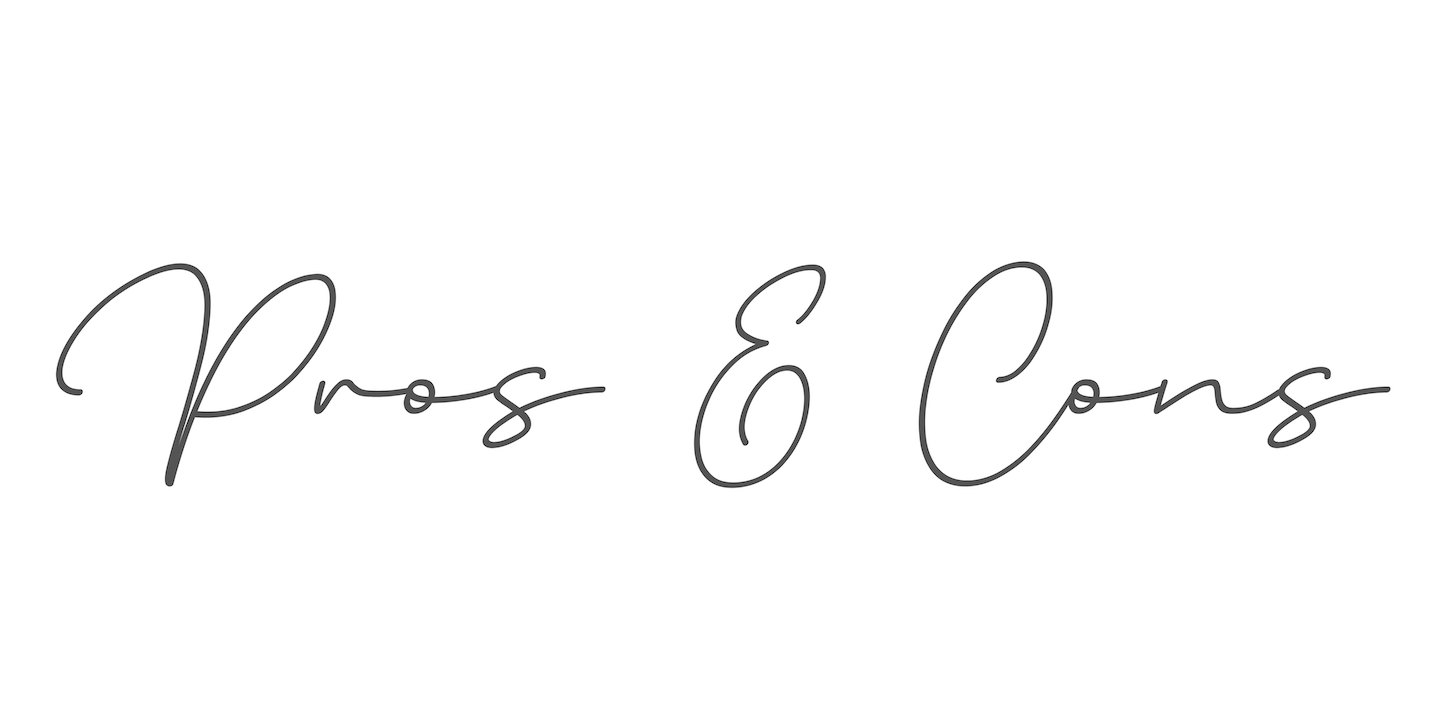Fast fashion has been at the forefront of our minds for the last decade or so. With the rise of social media and the ease of mobile shopping, it seems easier than ever to buy whatever you want whenever you want. But fast fashion isn't a new trend, it's been around for a while. It just recently (relatively speaking) exploded into this gigantic phenomenon.
The term itself was coined in 1989 from a New York Times article when a journalist was writing a piece about the emergence of Zara and Express into the city. The title of said article is "Fashion; Two New Stores That Cruise Fashion's Fast Lane" and described the speed with which these companies were producing garments. A direct quote from the head of Zara US from the article states "The stock in the store changes every three weeks. The latest trend is what we're after. It takes 15 days between a new idea and getting it into the stores". You can find a link to the article here.
15 days sounds ridiculously fast when you take into account the planning, designing, manufacturing, and shipping of an article of clothing. And this was in 1989. One can only imagine the speed at which these garments are made in today's society.
All of this is not to say fast fashion started in 1989. It was around long before that, dating all the way back to the industrial revolution when sewing clothes became easier and cheaper to make than previously. It was no longer necessary to go to a tailor to get your outfits individually made to fit your body. One could now purchase ready to wear garments made with machines.
But as is no different than today, labour was cheaper when it was outsourced. Companies were finding any way they could to save the bottom dollar, and part of that included taking advantage of vulnerable populations. The work being outsourced was given to those who needed a job; most of which were women, immigrants, and/or those living in poverty. These companies figured that beggars cannot be choosers, and so to earn money to feed their families this population would work for whatever amount of money they could.
Things only got worse as time went on. When workers rights came to the forefront of the public, and even local production became too expensive, these companies outsourced production overseas to territories that did not have as strict regulations. Again they could take advantage of vulnerable populations. Only this time, it was so far away it was easier to hide.
It seems interesting that we are only now learning the true cost behind the clothing that we wear when it's been around for so long. But it is obvious that the advancement of the internet gave us a lot more information than we had previously. With the ease of mobile shopping also comes the ease of mobile learning. Before the internet we could only take a company's word that they were ethical. We trusted what we were told and didn't even know any different to ask questions. If we were paying $200 for a pair of jeans vs. $50, we assumed it was markup for better quality and safer practices for garment workers. We know now that's not necessarily the case.
We now know we can ask questions, and hold people/companies accountable. Ethical companies (not just fashion) want to make things better for the present and the future. We believe that what we own should not come at the expense of those who make it.
So how can we break the cycle? We can hold companies accountable for their practices by demanding transparency, and we can question their practices. It is a consumers right to know where your item is coming from and how it is made. Remember, if a company isn't answering your questions, you probably don't want to shop with them.
Conscious brands usually have an About Us page where you can learn all about the company. They are proud to tell you their story and what they want to do for you and the world. You will quickly find out who is willing to be transparent with you, and who is not.
Tell us what you think in the comments.

